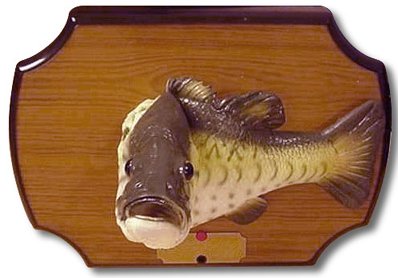Finfish, shrimp, and seafood products are some of the most widely traded foods and about 85 percent of seafood consumed in the U.S. is imported. A new study by researchers from the Johns Hopkins Center for a Livable Future at the Bloomberg School of Public Health shows that testing of imported seafood by the U.S. Food and Drug Administration (FDA) is inadequate for confirming its safety or identifying risks.
The findings, published this month in Environmental Science and Technology, highlight deficiencies in inspection programs for imported seafood across four of the world’s largest  importing bodies and show which types of aquatic animals, and from which countries, are most often failing inspection. The study identified a lack of inspection in the U.S. compared to its peers: only 2 percent of all seafood imported into the U.S. is tested for contamination, while the European Union, Japan and Canada inspect as much as 50 percent, 18 percent, and 15 percent of certain imported seafood products. When testing in the U.S. does occur, residues of drugs used in aquaculture, or "fish farms," are sometimes found; above certain concentrations, these drugs are harmful to humans.
importing bodies and show which types of aquatic animals, and from which countries, are most often failing inspection. The study identified a lack of inspection in the U.S. compared to its peers: only 2 percent of all seafood imported into the U.S. is tested for contamination, while the European Union, Japan and Canada inspect as much as 50 percent, 18 percent, and 15 percent of certain imported seafood products. When testing in the U.S. does occur, residues of drugs used in aquaculture, or "fish farms," are sometimes found; above certain concentrations, these drugs are harmful to humans.
Imports to the U.S., E.U., Canada and Japan with the highest frequency of drug violations were shrimp or prawns, eel, crabs, catfish or pangasius, tilapia and salmon. Vietnam, China, Thailand, Indonesia, Taiwan, India, and Malaysia were identified as the exporters to the U.S., E.U., Canada and Japan with the most drug violations.
